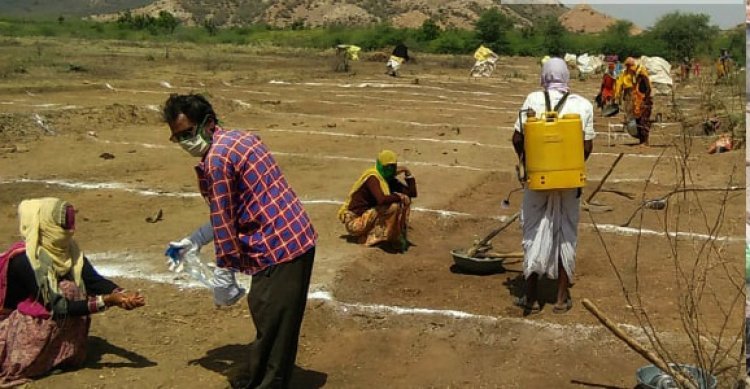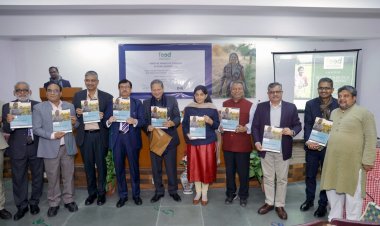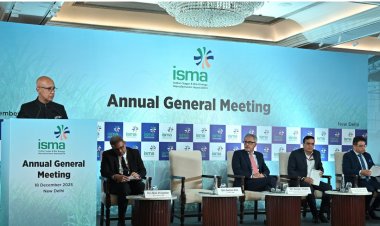Reduction in MNREGA budget perplexing; capex not focused on jobs: India Ratings
In the Union Budget for the financial year 2022-23, Finance Minister Nirmala Sitharaman has proposed a reduction of 25 per cent in the MNREGA budget. The Revised Estimates (RE) for 2021-22 are Rs 98,000 crore while the Budget Estimates (BE) for 2022-23 stand at Rs 73,000 crore.

The reduction in the budgetary allocation for the Mahatma Gandhi National Rural Employment Guarantee Act (MNREGA) scheme has surprised many. Given the situation of the economy, especially that of the rural areas, India Ratings, too, has termed this reduction as “perplexing”. In the Union Budget for the financial year 2022-23 (FY23), Finance Minister Nirmala Sitharaman has proposed a reduction of 25 per cent in the MNREGA budget. The Revised Estimates (RE) for 2021-22 are Rs 98,000 crore while the Budget Estimates (BE) for 2022-23 stand at Rs 73,000 crore.
The number of persons enrolling for MNREGA has increased after the Covid-19 pandemic. The scheme is meant to provide an employment guarantee of at least 100 days a year to rural families. But people are getting employment for only 50 days at many places.
Capex focuses on less-employment-intensive sectors
Amid widespread welcoming of Finance Minister Nirmala Sitharaman's Budget for its 35 per cent increase in capital expenditure (capex), India Ratings said the focus was on less-employment-intensive sectors like roads and long-gestation projects.
The rating agency says “a more judicious mix” would have been better for the economy. A significant proportion of the capex should have been spent on projects having a short gestation period and employment-intensive ones. This would have helped “the economy which is struggling with depressed consumption demand.”
Higher revenue expenditure just funding higher interest pay-out
India Ratings says the revenue expenditure growth budgeted for FY23 is just 0.9 per cent higher than the revised estimates for FY22. The non-interest revenue expenditure, which supports demand in an economy, is in fact budgeted to contract by 4.2 per cent in FY23. “This means higher revenue expenditure is just funding the higher interest pay-out of the government,” it noted.
Provisions for agriculture sector would lead to better results
Higher allocations for agriculture and food processing, which will help natural farming, Kisan drones, blended capital to finance agriculture start-ups and Ken-Betwa link project implementation were among the other factors appreciated by the rating agency. Supporting higher spends on education, it said that this would focus on universalization of quality education and skill development.
Tax-to-GDP ratio continues to remain low
The agency has welcomed measures such as the tele mental health programme, welfare schemes such as tap water to rural households and supporting small businesses through the extension of the Emergency Credit Line Guarantee Scheme (ECLGS). But it has pointed out legacy issues such as tax-to-GDP ratio, which has remained range-bound at 7-7.5 per cent despite tax reforms and changes in tax rates over the past decade. The last time the tax-to-GDP ratio was higher than this was in FY07 and FY08.



 Join the RuralVoice whatsapp group
Join the RuralVoice whatsapp group







































